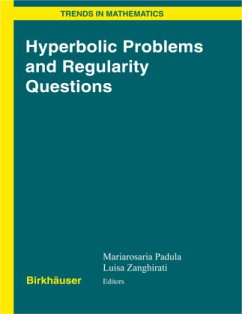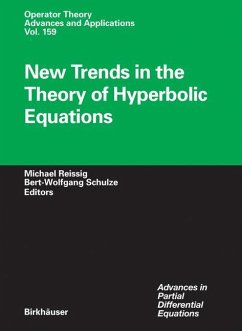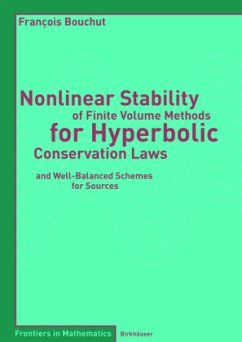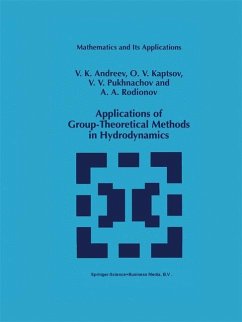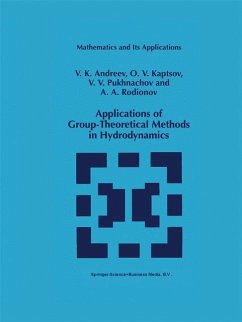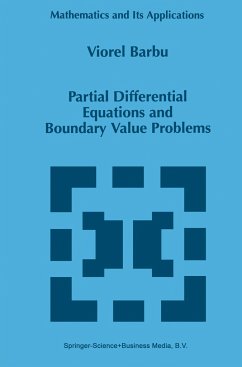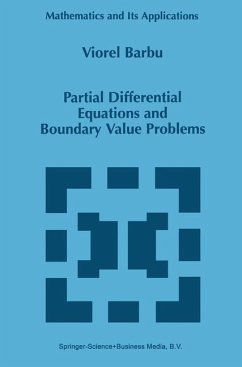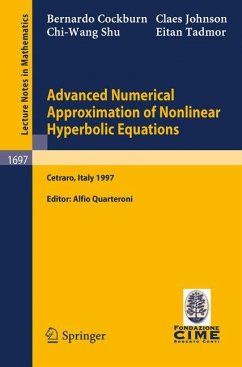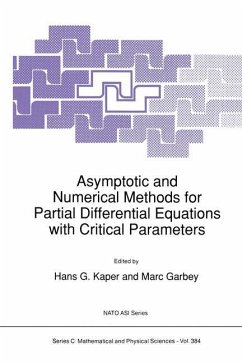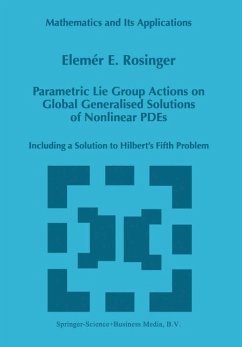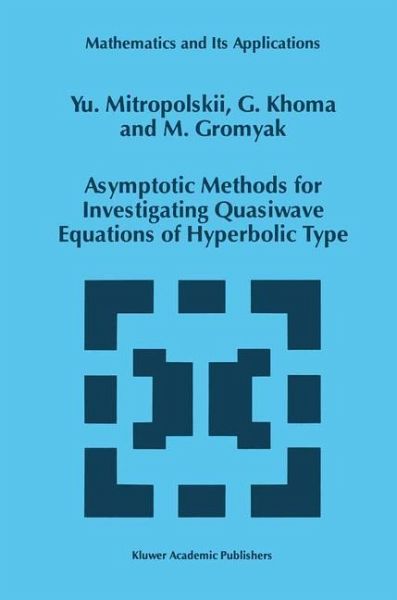
Asymptotic Methods for Investigating Quasiwave Equations of Hyperbolic Type
Versandkostenfrei!
Versandfertig in 1-2 Wochen
39,99 €
inkl. MwSt.

PAYBACK Punkte
20 °P sammeln!
The theory of partial differential equations is a wide and rapidly developing branch of contemporary mathematics. Problems related to partial differential equations of order higher than one are so diverse that a general theory can hardly be built up. There are several essentially different kinds of differential equations called elliptic, hyperbolic, and parabolic. Regarding the construction of solutions of Cauchy, mixed and boundary value problems, each kind of equation exhibits entirely different properties. Cauchy problems for hyperbolic equations and systems with variable coefficients have ...
The theory of partial differential equations is a wide and rapidly developing branch of contemporary mathematics. Problems related to partial differential equations of order higher than one are so diverse that a general theory can hardly be built up. There are several essentially different kinds of differential equations called elliptic, hyperbolic, and parabolic. Regarding the construction of solutions of Cauchy, mixed and boundary value problems, each kind of equation exhibits entirely different properties. Cauchy problems for hyperbolic equations and systems with variable coefficients have been studied in classical works of Petrovskii, Leret, Courant, Gording. Mixed problems for hyperbolic equations were considered by Vishik, Ladyzhenskaya, and that for general two dimensional equations were investigated by Bitsadze, Vishik, Gol'dberg, Ladyzhenskaya, Myshkis, and others. In last decade the theory of solvability on the whole of boundary value problems for nonlinear differentialequations has received intensive development. Significant results for nonlinear elliptic and parabolic equations of second order were obtained in works of Gvazava, Ladyzhenskaya, Nakhushev, Oleinik, Skripnik, and others. Concerning the solvability in general of nonlinear hyperbolic equations, which are connected to the theory of local and nonlocal boundary value problems for hyperbolic equations, there are only partial results obtained by Bronshtein, Pokhozhev, Nakhushev.





